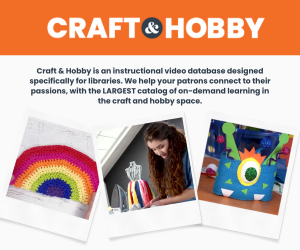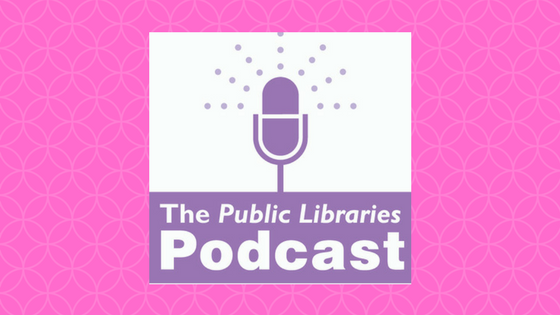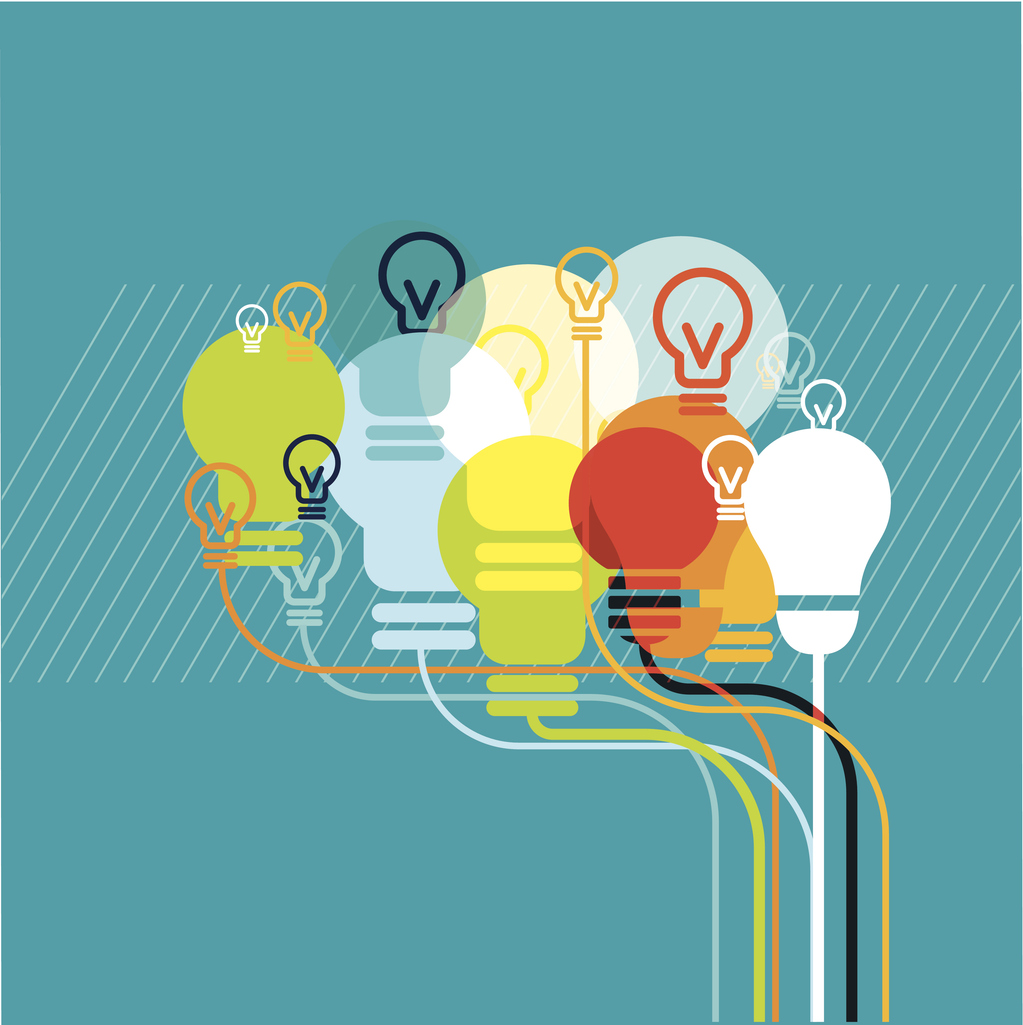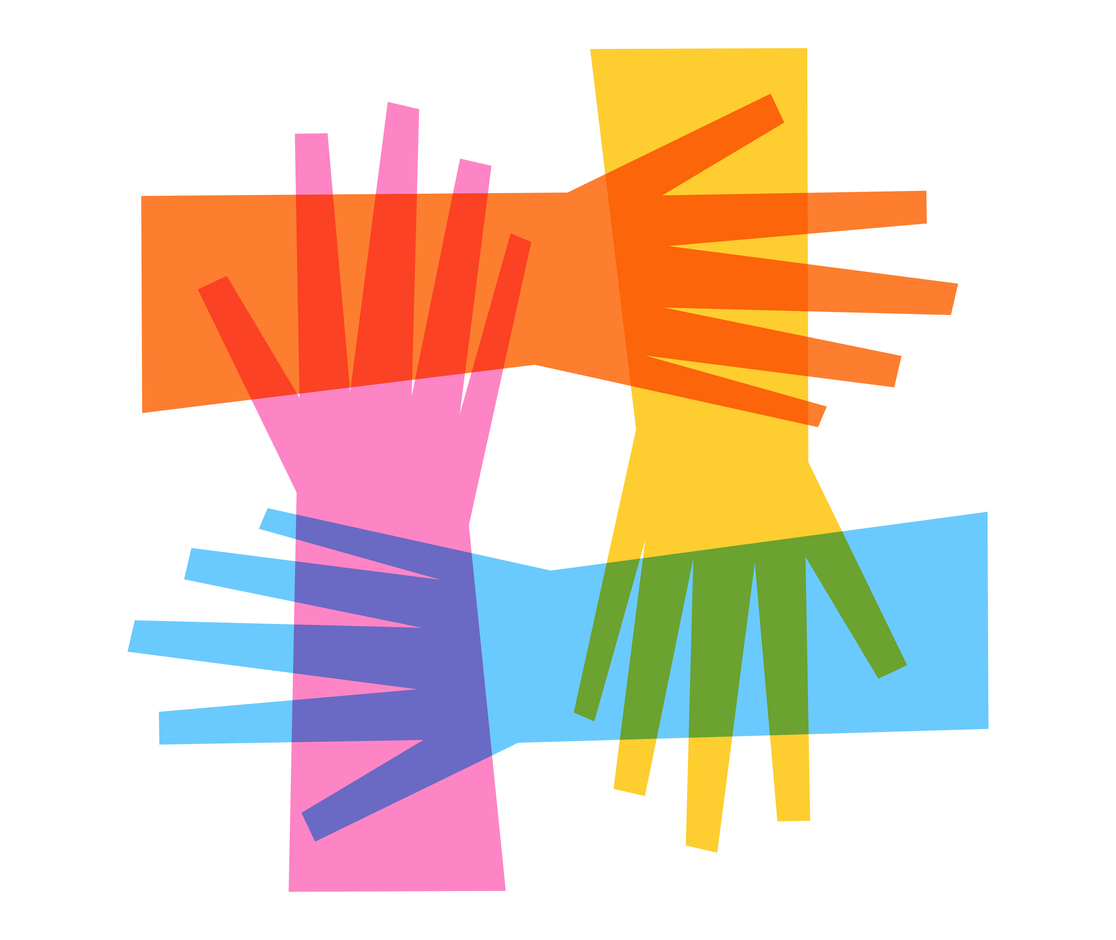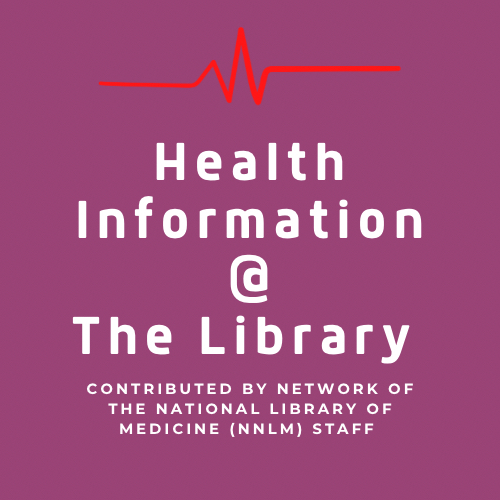Living Large: The Continuing Need for Large Print Materials
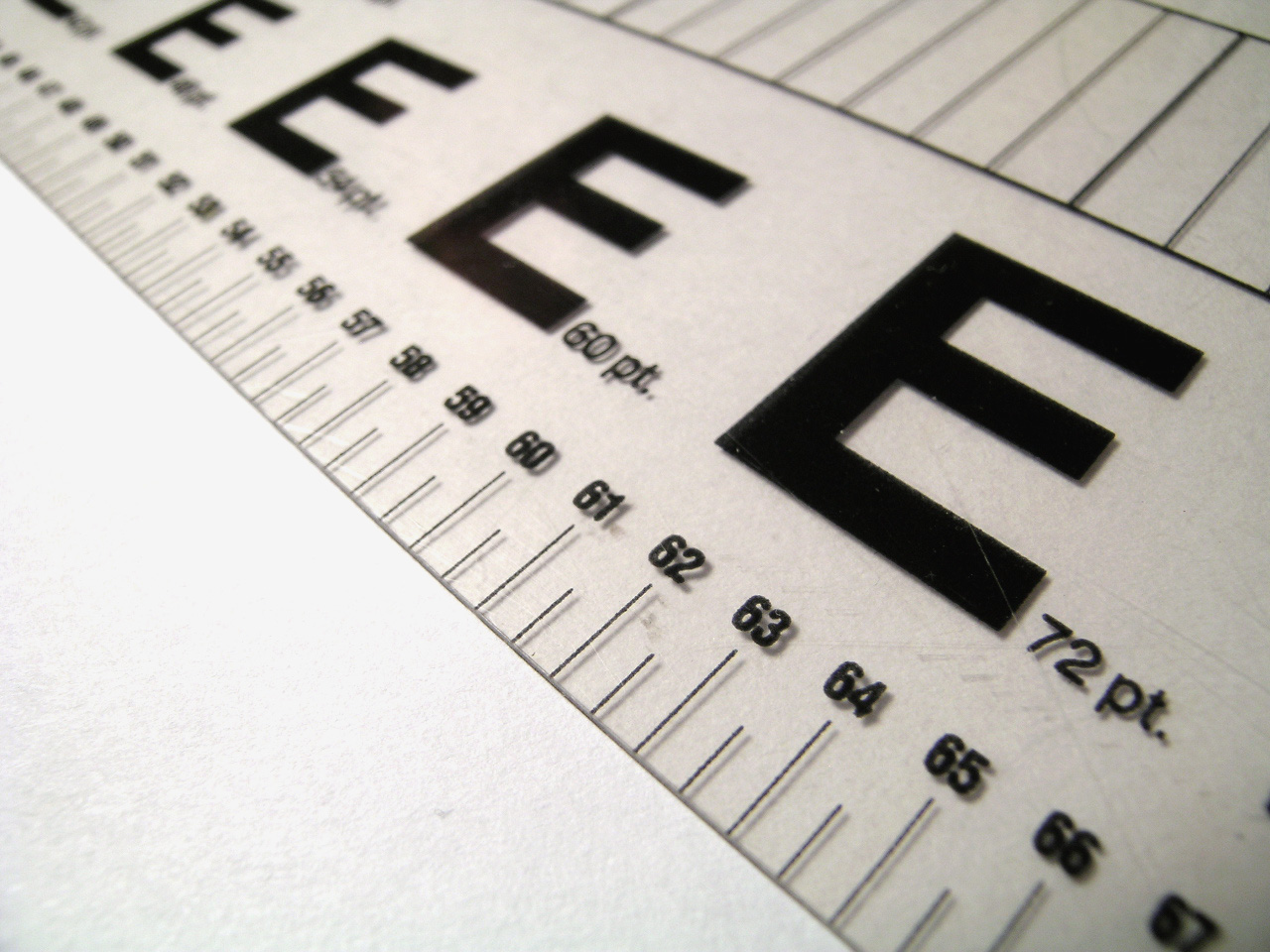
Two months ago I encountered a prime example of a book’s inadequate font size directly inhibiting an elderly patron’s enjoyment of reading. A member of the library’s classics group admitted she’d been unable to read that month’s selection simply because the font in the book the library had provided was too small. The group moderator first suggested she buy an e-book reader, since the font could be enlarged and the background changed to one that suited her eyes but she turned that down flat. She liked books, she said, not electronic gadgets. She also complained that many books suited to her taste weren’t available via the library in any but standard editions.
The bulk of books printed in large print format tend to be popular bestsellers by mass market authors. Gaps remain in the area of print book availability for those with low vision issues, namely, titles in the literary fiction and popular nonfiction genres. Fortunately, the publisher Thorndike is providing part of the solution, developing their “Readers Choice” line, including books like Tom Rachman’s The Imperfectionists, Deborah Harkness’s A Discovery of Witches, among other more literary titles1. It is books like these that our library patron was hoping to find.
The elderly are not the whole story when it comes to the need for larger print materials.Those struggling with dyslexia and other reading disorders, or the effects of diseases such as multiple sclerosis and diabetes – which may cause degeneration of eyesight – also require more accessible books. In the YA area, special education teachers know larger fonts help struggling young readers read more successfully2.
The last thing librarians want to see are young readers becoming discouraged, turned off to the enjoyment of books due to limited accessibility of the materials themselves. Providing theses materials in order to prepare them for a lifetime of successful reading and learning is the ultimate goal of all educators.
The good news is some publishers are listening to public librarians and special education teachers. Thorndike has begun publishing its “Literary Bridge” line, featuring YA materials that don’t appear any different from standard editions – to avoid any stigma – yet offer larger, easier to read fonts Likewise, Hachette has jumped in the market via the publication of books with adult crossover interest, such as titles by James Patterson and Stephenie Meyer. (Bond) Publishers like these, along with e-book readers and other electronic devices, are making huge strides in encouraging children and some adults to develop more positive, less stressful relationships with reading.
As the youngest baby boomers reach middle age, the need for materials to meet this entire generation’s low-vision needs is becoming crucial. While the older boomers are less likely to make use of electronic reading devices, the younger are proving to be less apprehensive. And while large print resources will continue to be necessary for some, the need will most likely decrease as the first generations raised in the electronic era mature.
For a certain demographic it’s likely there will always be a need for easier to read print materials and it’s up to the public libraries to meet those needs, while also modernizing collections becoming more highly technical all the time.
1.Robbins, Sarah. “Large Print Up Close.” Publishers Weekly. 19 May 2008: 22.eLibrary.Web. 01 Dec. 2012.1.
2.Bond, Gwenda. “Large as Life: Large Print Publishing in 2011.” Publishers Weekly. 04 Apr. 2011: 25. eLibrary. Web. 01 Dec. 2012
Tags: large print



